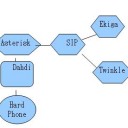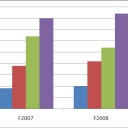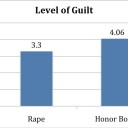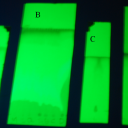
Exploring Meaning – The Lindisfarne Gospels
By Katherine Taggart, Erin Devine
Abstract The Lindisfarne Gospels exemplify traditional Hiberno-Saxon illuminated manuscripts from the late seventh and early eighth centuries in the use of interlace to form abstract designs and animal patterns, in addition to Christian iconography throughout. This unique style demonstrates how medieval artists were able to seamlessly integrate new Christian imagery with the more established animal-interlace … Continue reading →




